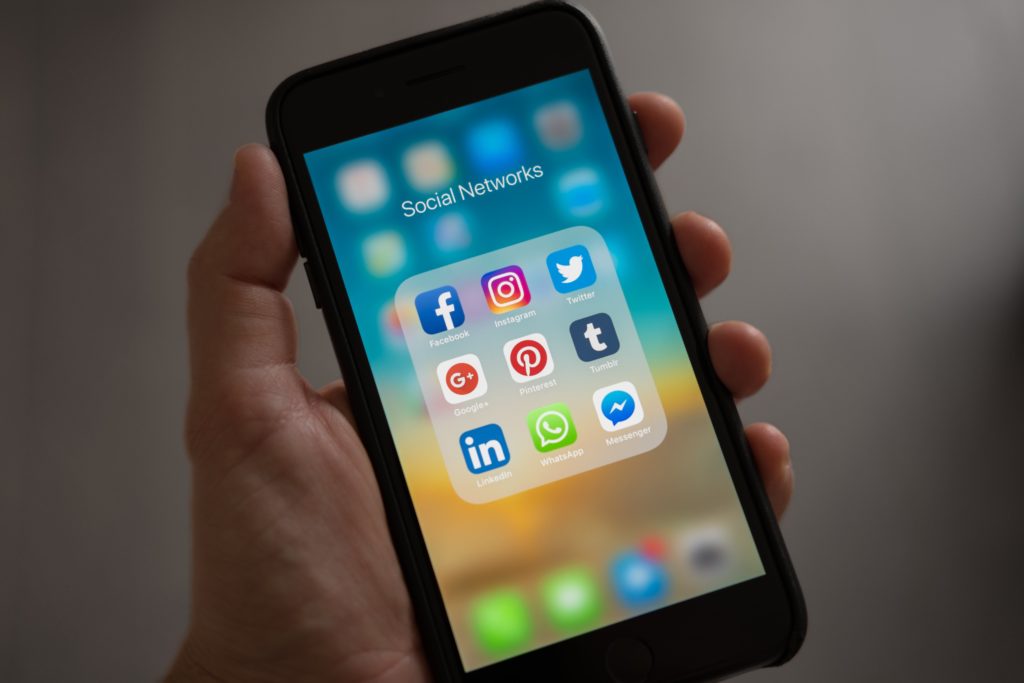
There was an article recently about a business owner who found that people in meetings were spending more time looking at their smartphones than they were around the room at one another and paying attention.
And he had two solutions.
One was they put a shelf outside the conference room and people were expected to leave their phones there before they came into the meeting so they wouldn’t be constantly distracted.
The other thing he did was offer to buy them flip phones if they would accept those as a replacement for their smartphones, and a surprising number of people took him up on that offer. Interestingly, they reported all of these positive benefits from no longer using a smartphone. They felt they had better concentration, more focus, and just in general, they seemed happier without constantly referring to their phones.
It brings up something interesting: if you’re looking to get away from a smartphone, you can find all kinds of tips online about how to do that—to break that addiction.
For me, it comes down to understanding what your “why” is for limiting your smartphone use. And for me, the compelling part that came out of the article were all the benefits that people experienced from that change.
If your “why” is that you want to feel more engaged with the world around you, then figuring out the tips to reduce smartphone usage gets a whole lot easier.
If you are seeking to help your teams break free from smartphone distractions, here are three practical tips:
- Establish Phone-Free Zones: Create clear guidelines for meetings and collaborative sessions by designating areas or times where smartphones are set aside. This encourages full engagement and minimizes distractions, allowing team members to connect more effectively and work more efficiently.
- Set Clear Usage Expectations: Communicate a simple policy for smartphone use during work hours. For example, encourage employees to check their devices only during scheduled breaks or for work-related tasks.
- Lead by Example: As a leader, model the behavior you want to see by keeping your own smartphone out of sight during critical work or meeting times. Demonstrating a commitment to focused interaction can encourage your team to follow suit, fostering a culture that values in-person communication and intentional technology use.
By making these small yet impactful changes, you not only boost your team’s productivity and engagement but also create a more collaborative and focused work environment.
